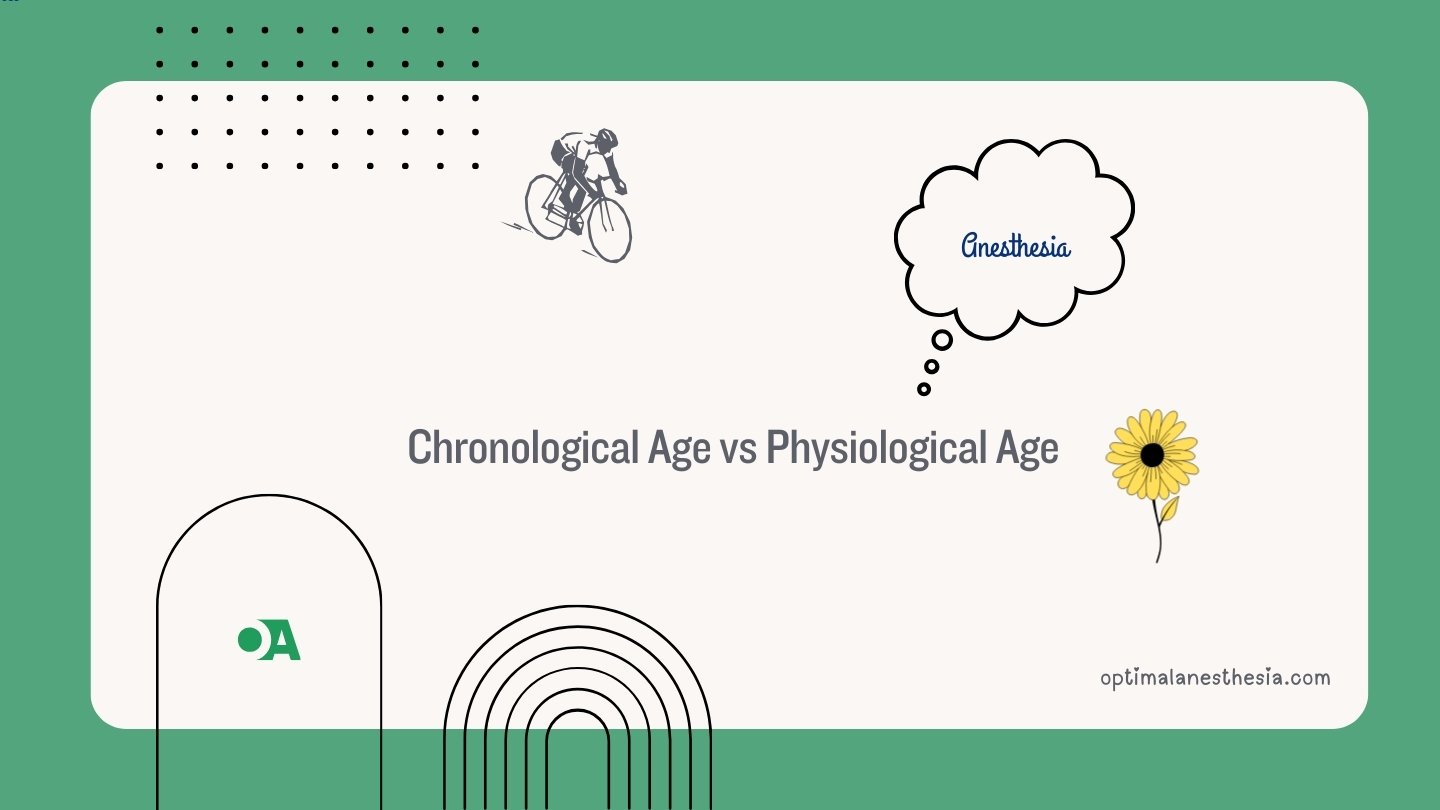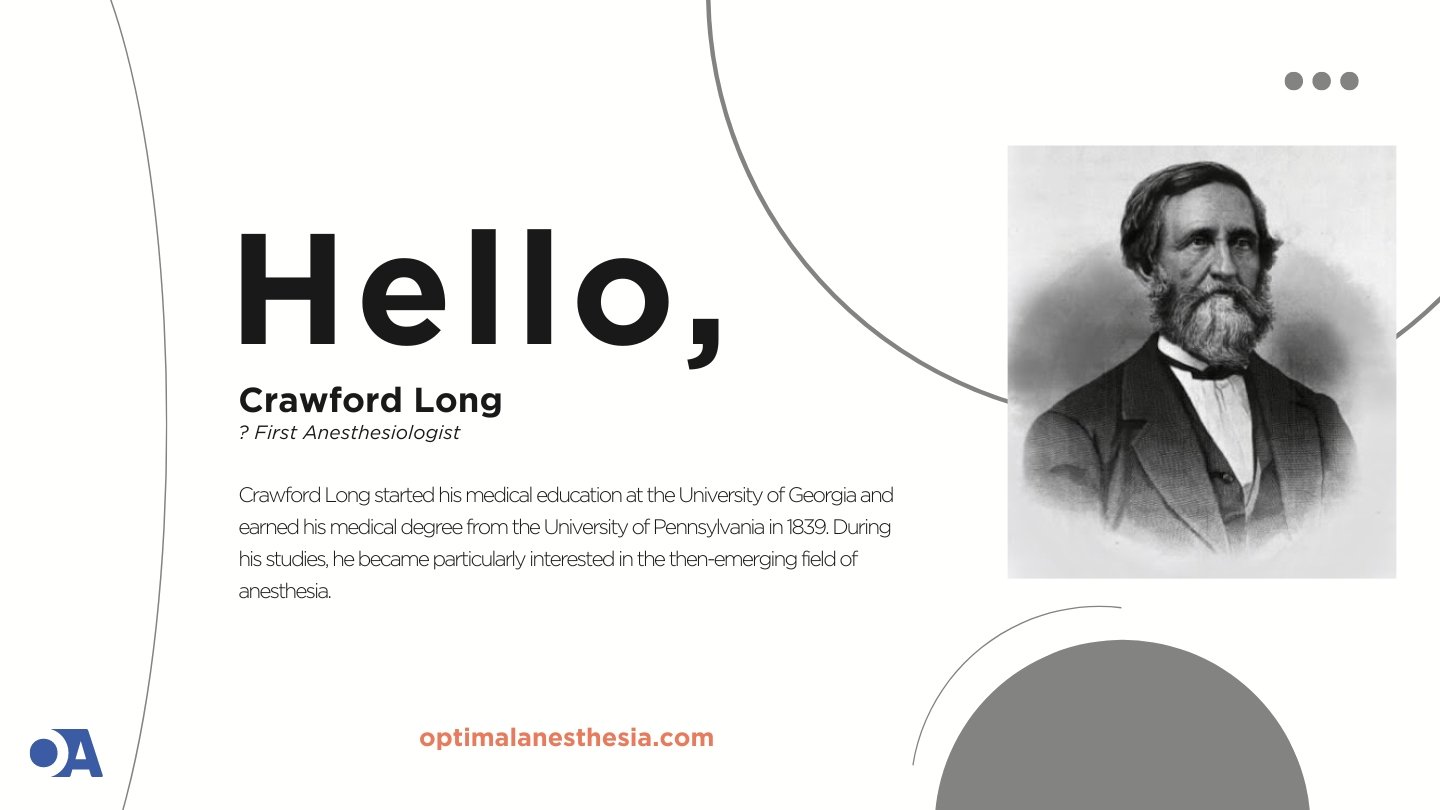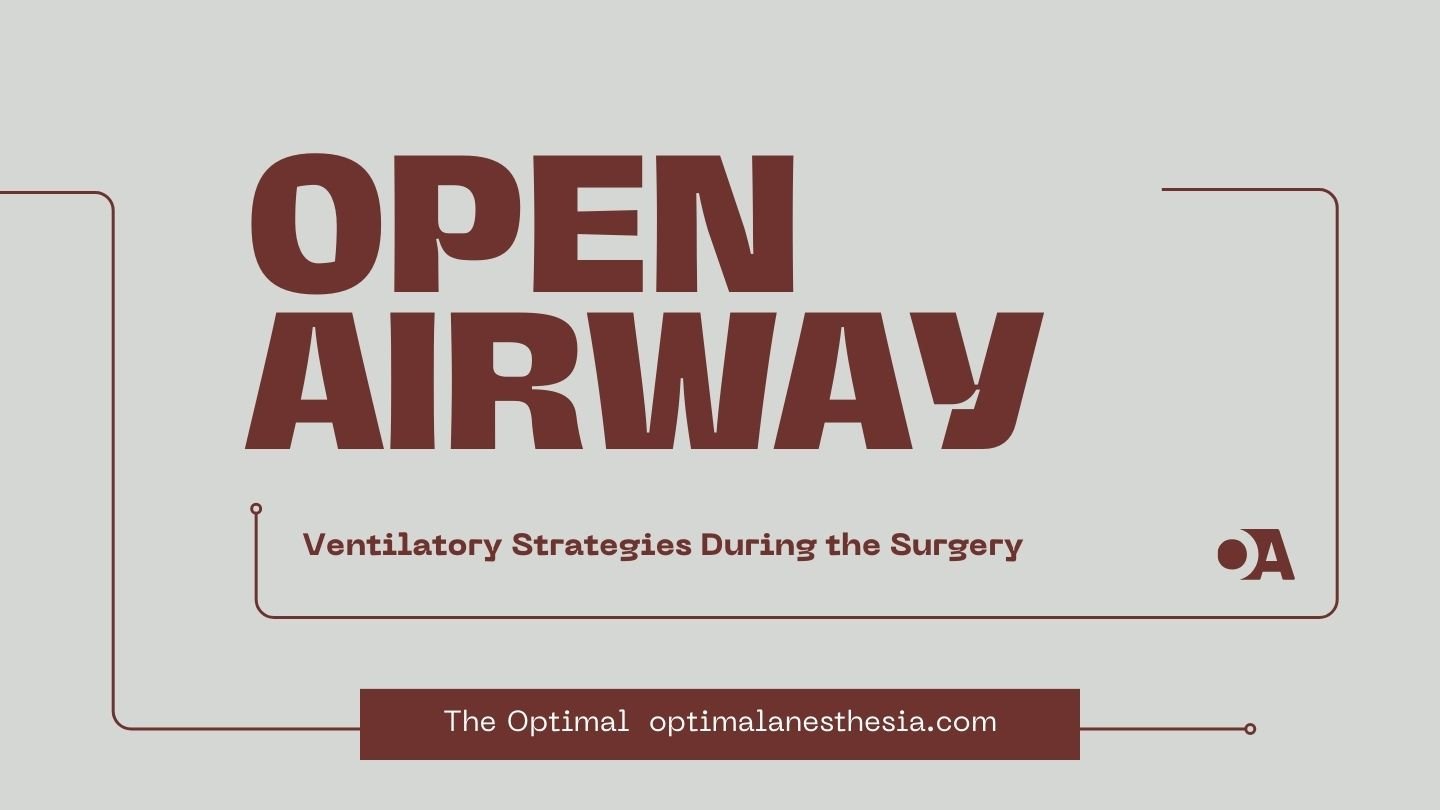Nerve Injuries During Anesthesia
Nerve injuries during anesthesia, while rare, can have significant implications for patient outcomes and recovery. Understanding the types of nerve injuries, their causes, and strategies for prevention and management is crucial for anesthesiologists. This article provides an in-depth overview of the most common nerve injuries associated with anesthesia: ulnar nerve, brachial plexus, and common peroneal … Read more










